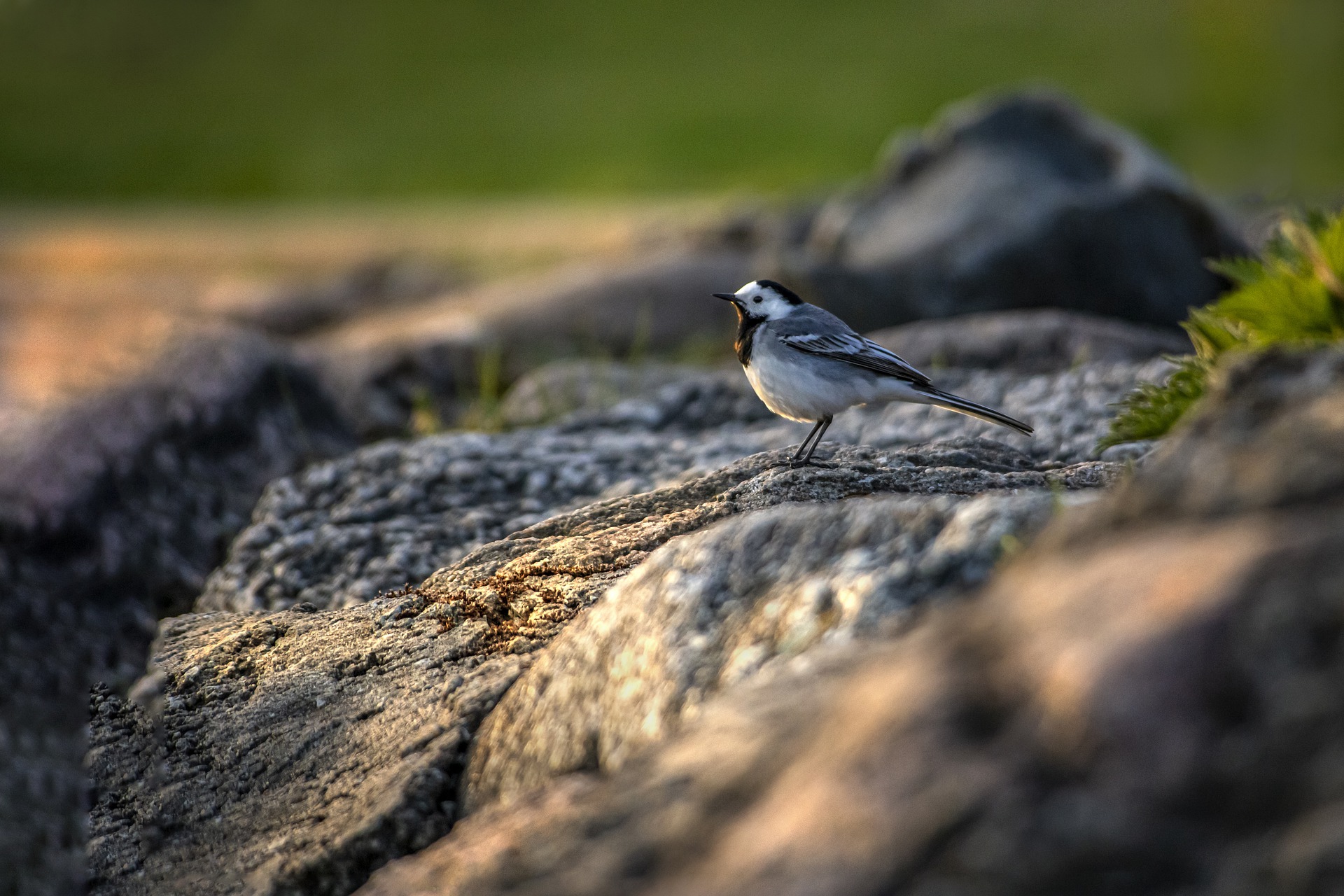The White Wagtail (Motacilla alba) is a small passerine bird in the family Motacillidae. Here are some key features and characteristics of the White Wagtail:
- Appearance:
- Size: The White Wagtail measures about 16 to 19 centimeters (6.3 to 7.5 inches) in length, with a wingspan of approximately 25 to 30 centimeters (9.8 to 11.8 inches). They typically weigh between 17 to 25 grams (0.6 to 0.9 ounces).
- Plumage: Adults have distinctive black, white, and gray plumage. The head and nape are black, and the face is white, creating a striking contrast. The back is gray, and the underparts are white. The wings are black with white edges, and the tail is long and mostly black with white outer feathers.
- Juveniles: Young birds have more subdued coloration, with a grayish head and less distinct black markings.
- Habitat:
- White Wagtails are highly adaptable and can be found in a variety of habitats, including open countryside, farmland, riverbanks, lakeshores, coastal areas, and urban environments such as parks and gardens. They prefer areas near water but are not strictly limited to such habitats.
- Distribution:
- The White Wagtail has a wide range across Europe, Asia, and North Africa. It is also found in parts of Alaska and is a regular visitor to the Middle East and the Indian subcontinent. Many populations are migratory, with northern birds moving southwards in the winter.
- Diet:
- White Wagtails primarily feed on insects and other small invertebrates, which they catch by walking or running along the ground, often wagging their tails up and down. They may also eat seeds and small aquatic organisms, particularly during the winter months when insects are less abundant.
- Behavior:
- Tail-Wagging: One of the most distinctive behaviors of the White Wagtail is its constant tail-wagging, which gives the bird its name. This characteristic motion helps in identifying the species.
- Flight: They have a distinctive undulating flight pattern, often flying low over the ground or water.
- Vocalization: Their calls are sharp and distinctive, often described as a high-pitched “tsilp” or “tsit.” They also have a melodic song that is typically delivered from a perch or in flight.
- Breeding:
- Nesting Sites: White Wagtails nest in a variety of locations, including crevices in rocks, walls, and buildings, as well as in man-made structures. They may also nest on the ground in grassy tussocks or low shrubs.
- Reproduction: The female typically lays 4 to 6 eggs, which are incubated by both parents for about 11 to 14 days. Both parents feed the chicks, which fledge about 12 to 14 days after hatching. They may raise two or more broods in a single breeding season.
- Conservation:
- The White Wagtail is not considered threatened and has a stable population across much of its range. It benefits from its adaptability to diverse habitats and its ability to thrive in both rural and urban environments.
Overall, the White Wagtail is a charming and easily recognizable bird, known for its distinctive tail-wagging behavior and striking plumage. Its adaptability and wide distribution make it a familiar and well-loved species in many parts of the world.
Visited 898 times, 2 visit(s) today
Views: 1388
Subscribe to the newsletter:
